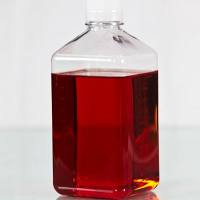Chemical Synthesis of Carbohydrates and Their Surface Immobilization: A Brief Introduction
互联网
互联网
相关产品推荐

α1-3,4-岩藻糖苷酶, 黄单胞菌,9037-65-4,Native α1-3,4-fucosidase from Xanthomonas species. Catalyzes the hydrolysis of α1,3- and α1,4-linked branched, non-reducing terminal fucose from complex carbohydrates. Note: 1 mU = 1 milliunit.,阿拉丁
¥4155.90

SMM 293-TIII Expression Medium (Serum-free, chemical defined)
¥650

TACSTD2/TACSTD2蛋白Recombinant Human Tumor-associated calcium signal transducer 2 (TACSTD2)重组蛋白Cell surface glycoprotein Trop-2 (Membrane component chromosome 1 surface marker 1) (Pancreatic carcinoma marker protein GA733-1)蛋白
¥1368

Recombinant-Salmonella-paratyphi-A-Cellulose-synthesis-regulatory-proteinSPA0883Cellulose synthesis regulatory protein
¥13846

可利用碳水化合物检测试剂盒 Available Carbohydrates Assay Kit
¥5349

